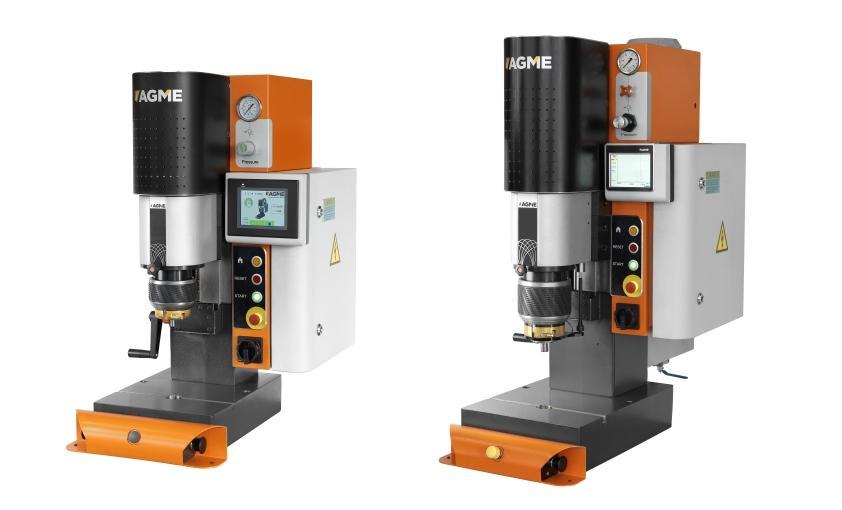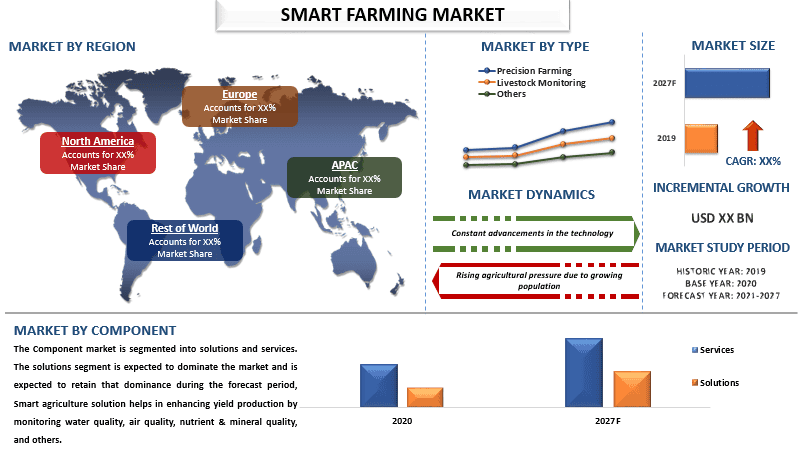Automated Riveting Machines for Automotive & Aerospace Industries

In the fast-paced world of manufacturing, especially in industries like automotive and aerospace, efficiency, precision, and consistency are key to success. Automated riveting machines have revolutionized these sectors, providing manufacturers with the tools to handle high-volume production while maintaining top-notch quality. From vehicle assembly lines to aerospace component production, these machines play a crucial role in ensuring parts are securely fastened and function properly. Automated Riveting Machine services are transforming how these industries operate, boosting productivity and reducing costs while maintaining safety and precision.
What Are Automated Riveting Machines?
Automated riveting machines are highly specialized equipment designed to join two or more pieces of metal or other materials using rivets. The process involves placing a rivet in a pre-drilled hole and deforming it to create a permanent bond. Unlike manual riveting, automated systems use advanced technology to position, insert, and secure rivets with exceptional speed and accuracy.
These machines are commonly used in industries that require durable, high-quality fastenings, such as automotive and aerospace manufacturing. By automating the riveting process, manufacturers can achieve greater efficiency and consistency, which are essential for meeting the high demands of these industries.
Why Use Automated Riveting Machines in Automotive & Aerospace?
The use of automated riveting machines in automotive and aerospace industries offers numerous benefits. Here’s why they are so essential:
1. Increased Precision
Automated systems eliminate the variability that comes with manual labor, ensuring that rivets are inserted in the correct position with exact pressure every time. This precision is especially important in industries like aerospace, where even the smallest error can lead to significant safety concerns.
2. Enhanced Speed
With automated riveting machines, production lines can work much faster compared to manual processes. This increase in speed allows manufacturers to meet the high demands of industries like automotive, where large quantities of parts need to be produced within strict deadlines.
3. Consistency & Quality Control
Automation ensures that each rivet is inserted with the same force and accuracy, leading to consistently high-quality products. This level of consistency is vital in industries where performance and safety are non-negotiable.
4. Reduced Labor Costs
Automating the riveting process reduces the need for manual labor, which can lead to significant cost savings. With fewer workers required for riveting, labor costs are lowered, and manufacturers can allocate resources to other areas of production.
Applications of Automated Riveting Machines
Automated riveting machines are widely used in various sectors, especially in automotive and aerospace production. Let’s take a look at how these machines are applied:
Automotive Industry
In the automotive sector, riveting is essential for joining components such as body panels, frame parts, and other critical structural elements. Automated riveting machines are used to ensure that these parts are securely fastened, with high-quality and uniform rivets used throughout the vehicle's construction.
These machines are also highly effective in handling high-volume, mass production environments where efficiency and speed are critical. Whether it’s assembling car doors or attaching engine components, automated riveting makes these processes more streamlined and efficient.
Aerospace Industry
The aerospace industry demands the highest levels of precision, and automated riveting machines play a pivotal role in meeting these standards. They are used to assemble aircraft components such as fuselage sections, wing panels, and other structural elements. The precision and consistency required for these applications are why automated riveting machines are favored in aerospace manufacturing.
Given the critical nature of these components, using automated systems for riveting ensures that parts are securely fastened with minimal risk of failure. This helps to maintain the overall safety and reliability of the aircraft.
Benefits of Automated Riveting Machines for Manufacturing Efficiency
The introduction of automated riveting machines in manufacturing has brought several key benefits:
-
Faster Production Cycles: By automating the process, manufacturers can increase output significantly, reducing lead times and meeting tight deadlines.
-
Lower Error Rates: Automated systems reduce the chances of human error, ensuring that the rivets are placed precisely, which is critical for the structural integrity of components.
-
Improved Worker Safety: Automation can take on the more physically demanding and potentially hazardous tasks, freeing up workers for other roles and improving safety in the workplace.
-
Enhanced Flexibility: Modern automated riveting machines are versatile and can be adapted to various product sizes and materials, making them ideal for manufacturers with diverse production lines.
How Automated Riveting Machines Improve Workplace Safety
Safety is a top priority in any manufacturing environment, especially in industries like aerospace and automotive, where the failure of a single part can have catastrophic consequences. Automated riveting machines help improve workplace safety in several ways:
Reduced Human Interaction
By automating the riveting process, the need for human workers to handle potentially dangerous machinery is minimized. This reduces the likelihood of injuries associated with repetitive tasks or mishandling of tools.
Ergonomics
Automated systems often come with ergonomically designed features that help reduce strain on workers, such as adjustable platforms and minimal physical effort during the riveting process. This makes the work environment safer and more comfortable.
Consistency in Riveting
The precision of automated riveting machines ensures that the rivets are placed securely and consistently, reducing the chance of structural failures due to improperly inserted rivets, which could lead to accidents or product recalls.
Customization & Flexibility in Automated Riveting Machines
One of the key advantages of automated riveting machines is their flexibility. These machines can be customized to fit specific production needs, including:
-
Size and Capacity Adjustments: Depending on the size of the parts being worked on, the machine’s configuration can be adjusted to accommodate larger or smaller components.
-
Multi-Functionality: Some automated riveting machines can handle different types of riveting, such as solid, blind, or self-piercing rivets, offering manufacturers versatility in their production processes.
-
Integration with Other Systems: Automated riveting machines can be integrated into existing assembly lines, allowing manufacturers to scale their operations without completely overhauling their current processes.
This level of customization ensures that manufacturers can maximize the efficiency and effectiveness of their production lines.
Choosing the Right Automated Riveting Machine for Your Business
When selecting an automated riveting machine for your business, there are several factors to consider:
-
Production Volume: High-volume operations may require larger, faster machines capable of handling hundreds or even thousands of rivets per hour.
-
Part Size and Complexity: The type of parts you are working with will determine the size and capability of the machine you need. Machines that can handle larger or more complex parts may require additional features or customization.
-
Material Compatibility: Make sure the machine is compatible with the materials you plan to work with, whether it’s aluminum, steel, or composite materials commonly used in automotive and aerospace manufacturing.
For expert guidance on selecting the right automated riveting machine for your specific needs, you can always consult with trusted professionals who can offer tailored advice and solutions.
Maintenance of Automated Riveting Machines
To ensure that your automated riveting machines continue to operate at peak efficiency, regular maintenance is essential. Here are some key maintenance tasks:
-
Routine Inspections: Conduct regular inspections to check for wear and tear on components such as motors, rivet feeders, and pressure systems.
-
Lubrication: Keep moving parts well-lubricated to prevent friction and ensure smooth operation.
-
Calibration: Regularly calibrate the machine to ensure that rivet insertion force and placement are consistent and accurate.
-
Cleaning: Keep the machine clean from debris and dust that could affect its performance.
Proper maintenance will extend the life of your riveting machine and ensure reliable performance, reducing downtime and unexpected repairs.
Conclusion
In industries like automotive and aerospace, precision, speed, and safety are paramount. Automated riveting machines have revolutionized the way manufacturers approach high-volume production, providing unmatched consistency and efficiency. Whether you're assembling car parts or aircraft components, these machines play an essential role in delivering high-quality results while driving down costs and improving overall safety.







